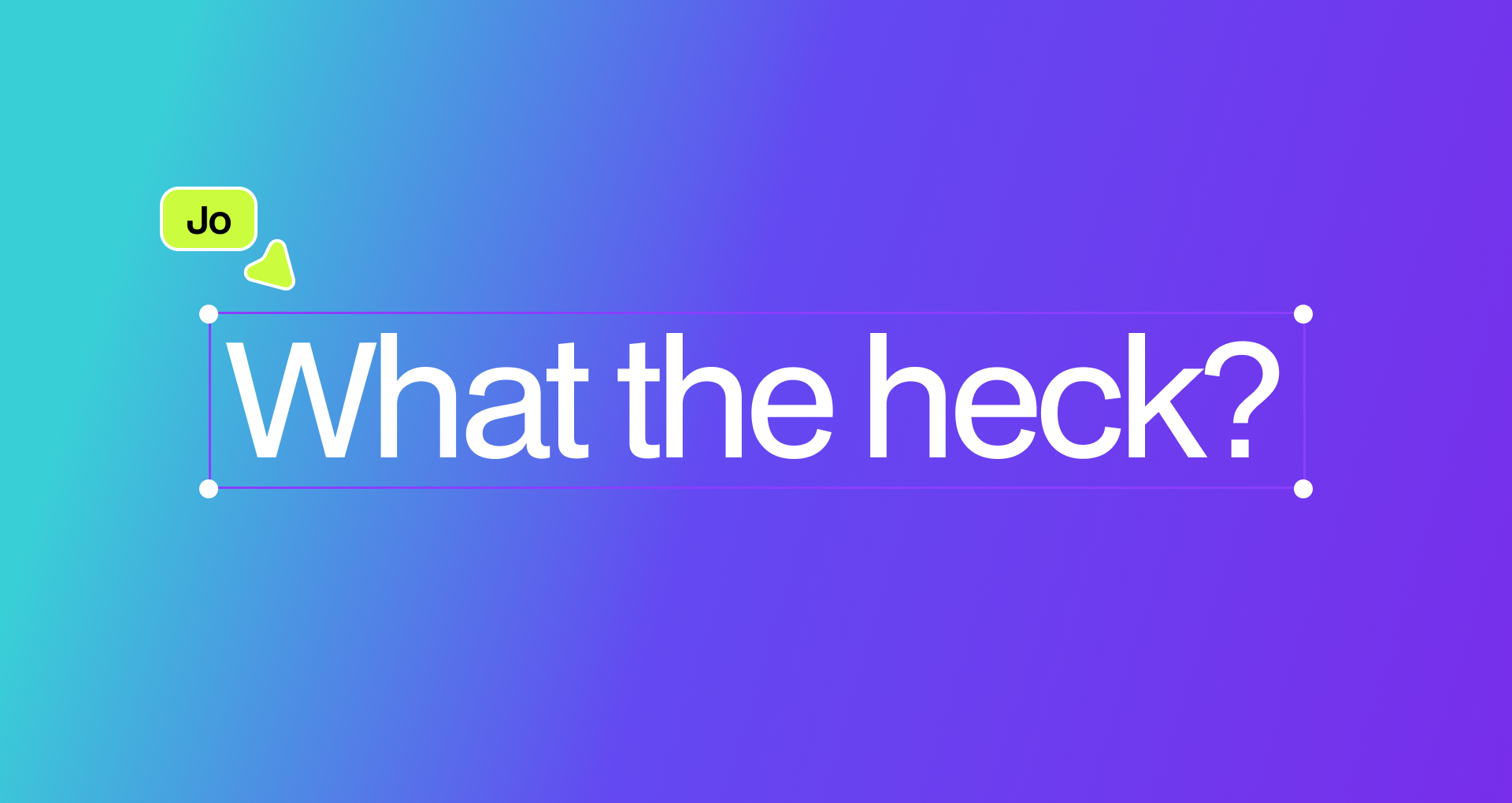
Canva. Sigh.
Canva. if you talk to a professional designer about Canva, the first reaction is usually an eye roll, followed by a joke about Word Art (Anyone remember Office 2000?). It is there, it’s free-ish, but would we use it? Nah.
In fact, Canva has one of the most impressive startup success stories out there – founded in 2013, female-led, Aussie company. Mostly popular with enthusiasts and hobbyists, it has been the go-to choice for Instagram entrepreneurs, personal brands and people who «just want to try something».
Famous for its big library of accessible templates, notorious for its aesthetics. Can you do stuff in Canva? You can. Does it look good? Or professional? Not necessarily.
Well, this is about to change.
In May 2024, the team around Melanie Perkins announced a whole new feature set and target audience for their browser-first design tool at Canva Create:
Under the radar, the team has build a web app that can not only create banners and social media posts, but print documents and video animation in the same tool – collaboratively, of course. With the acquisition of Affinity, Canva has made a statement: We’re serious, you better watch out. For those of us who use Figma or Creative Cloud on a daily basis, this will be interesting.
Here are the reasons I believe Canva will become an important player in the professional design space:
Canva is not Trying to Compete, but Redefine
Although Affinity might be a part of the Canva portfolio now, it is not trying to be the better Photoshop or Indesign. It’s not aiming for design functions, but for companies with a design-focus.
The new audience for Canva are people in Marketing, Sales or HR – those who have a need for design assets such as presentations, brochures or one pagers, but have lacked the skillset or toolset to create them.
Rather than professionalising and adapting design tool manners, Canva is aiming for the space that MS 365 is currently living in: If you know Word, Powerpoint or OneNote, Canva will become your new favourite toy.
Workflow Wins
Historically, the design tools who have implemented the best workflow have made it to become the Standard. Adobe’s PostScript and PDF workflow has made them the winner of print design, kicking QuarkXPress and Corel’s butts. The collaborative Figma Inspect mode has been favoured by designers and developers over Adobe XD or InVision. Workflow wins.
Canva is trying to enable teams to go from idea to execution, in one easy to access tool.
You can ideate in a Canva Whiteboard and turn it into a presentation, in the same tool, with the same people. Or print brochure, if this is your thing. Or video animation. You get it.
It Still Looks Ugly, but that is About to Change
Don’t get confused by the built-in free templates and design snippets. They might look like your aunties candle-shop adverts, but that isn’t the limit of Canva. Set up correctly, Canva has the potential to become a powerhouse for design-focussed companies.
Instead of design teams or agencies gate-keeping creativity and professional execution, the democrative approach of Canva could enable brands to tap in their full potential.
Someone's going to eventually launch a "Designjoy for Canva" and make literal millions in no time.
— Brett @ Designjoy (@BrettFromDJ) May 29, 2024
170 million users and not a single known service catering to them (that I can find).
Might be the biggest opportunity in the design space right now. You're welcome.
As designers, we should start taking Canva seriously. We should embrace the potential of Canva. I’m quite excited for this. How do you feel?